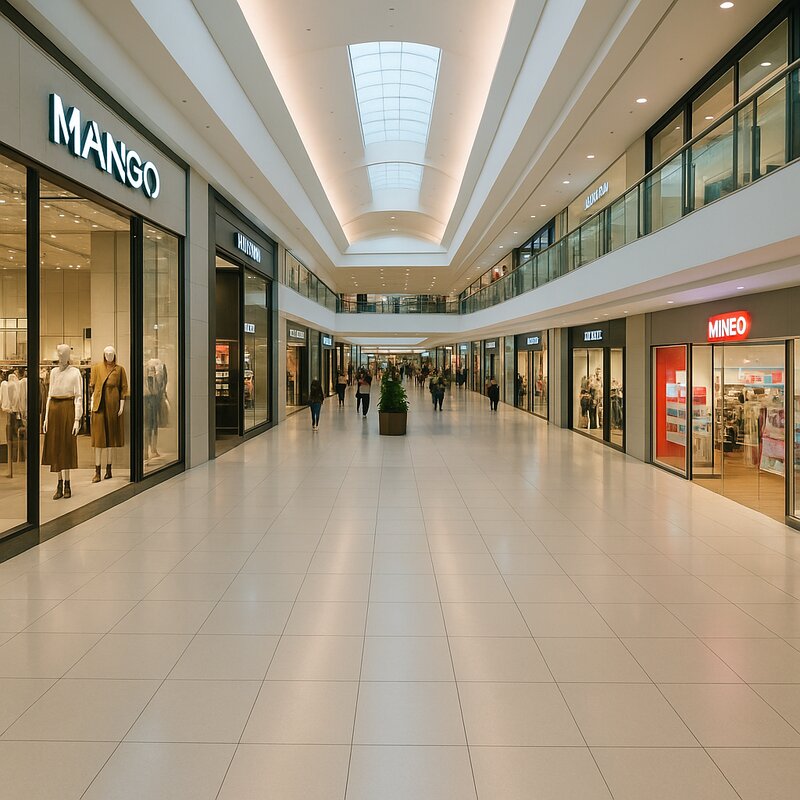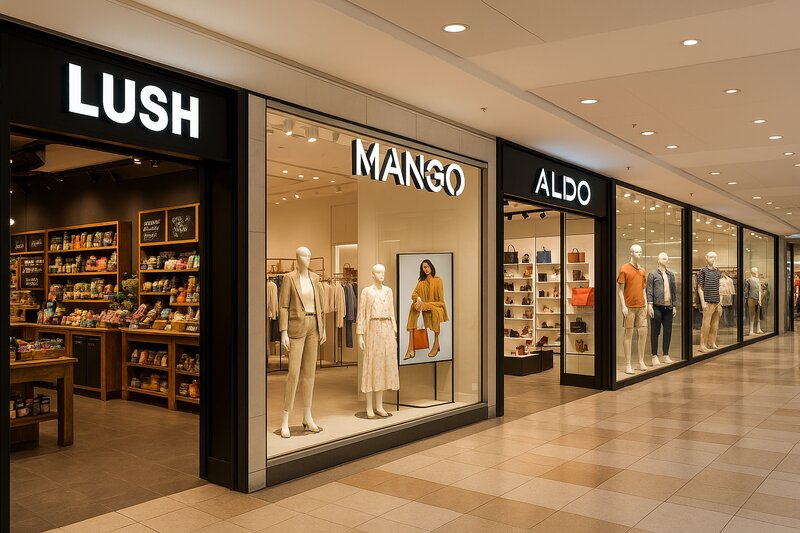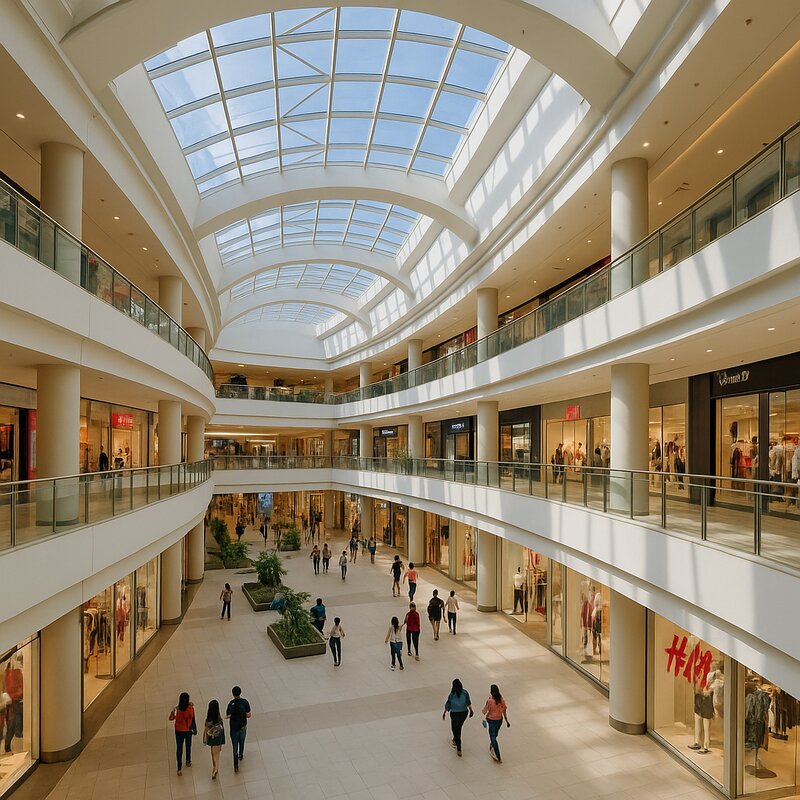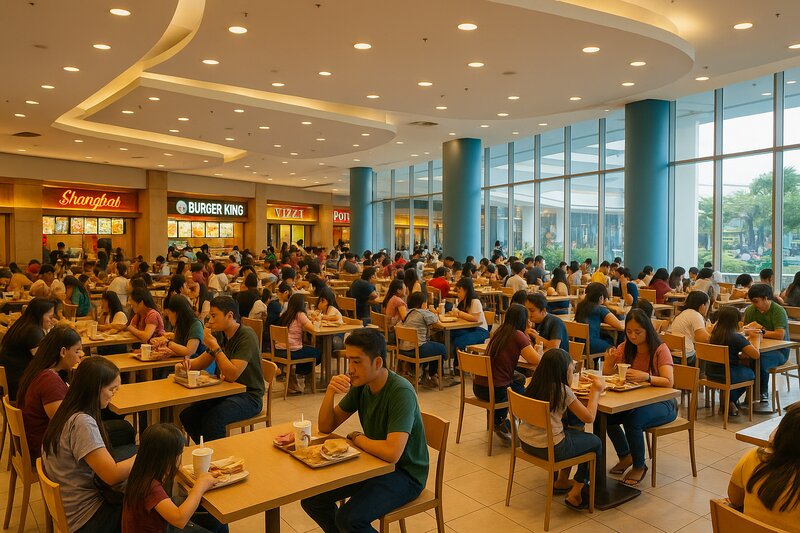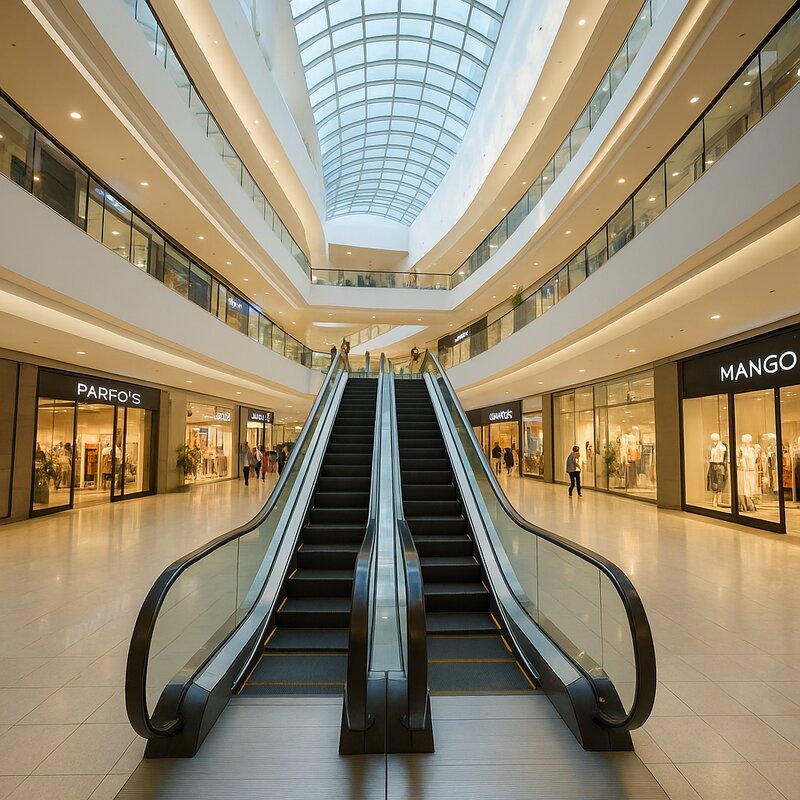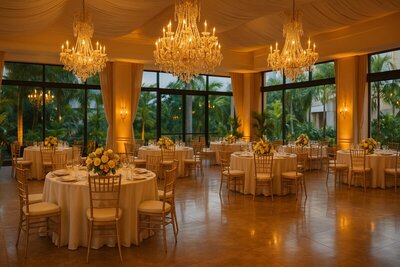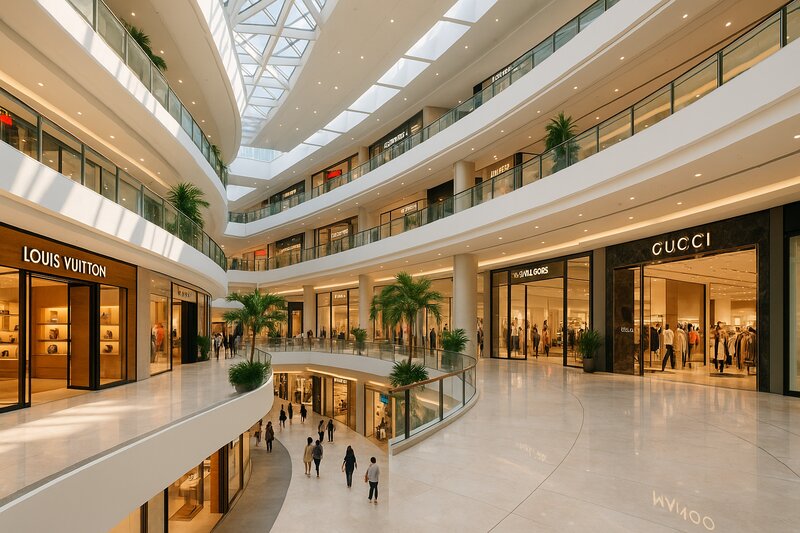
Understanding Manila's Mall Giants
Three major operators dominate Manila's mall landscape: SM Prime Holdings (78 malls with 4.5 million square meters of gross floor area), Ayala Malls (31 malls nationwide), and Robinsons Malls. Each brings a distinct philosophy and target market, influencing everything from tenant mix to ambiance and pricing.
SM Malls: Size, Variety, and Value
SM Supermalls built its empire on the "everything under one roof" philosophy. SM Mall of Asia in Pasay is the largest mall in the Philippines and second-largest in Southeast Asia, occupying 16 hectares with approximately 589,891 square meters of gross floor area. The sprawling complex features hundreds of retail stores, dozens of restaurants, an IMAX theater, an ice skating rink, and even a seaside promenade with views of Manila Bay's famous sunset. SM Megamall in Ortigas is the third-largest shopping mall in the Philippines, occupying 10 hectares with 474,000 square meters of floor area. What sets SM malls apart is their focus on accessibility and value--you'll find everything from high-end brands to budget-friendly options, extensive supermarkets, and comprehensive dining from fast food to mid-range restaurants. SM malls tend to be massive, requiring hours to fully explore, making them ideal for one-stop shopping where you need variety and want to compare prices.
Ayala Malls: Upscale Atmosphere and Curated Experience
Ayala Malls target a more upscale demographic with carefully curated tenant mixes and premium ambiance. Greenbelt in Makati exemplifies the Ayala approach--divided into five sections (Greenbelt 1 through 5), each offers distinct shopping experiences from luxury boutiques to specialty stores, with landscaped outdoor spaces and al fresco dining that create a resort-like atmosphere in the heart of the business district. Glorietta, also in Makati, connects seamlessly to Greenbelt and caters to office workers and residents with a mix of retail, dining, and entertainment. Ayala Malls typically feature more international brands, upscale Filipino retailers, and restaurants that lean toward fine dining and chef-driven concepts. The malls maintain stricter ambiance standards with better air conditioning, cleaner facilities, and more security presence. If you're seeking luxury brands, a more relaxed shopping environment, or planning a special dining experience, Ayala Malls deliver refined experiences worth the premium pricing.
BGC: Modern Mall Concepts
Bonifacio Global City represents the newest evolution in Manila's mall culture. Rather than single massive buildings, BGC offers interconnected shopping areas like Bonifacio High Street--an open-air lifestyle center with retail shops, restaurants, and entertainment venues spread across multiple blocks. This pedestrian-friendly approach feels more like a modern urban district than a traditional mall. Uptown Mall and other BGC shopping centers feature contemporary architecture, international brands, and dining options that cater to the area's cosmopolitan residents and workers. BGC malls tend to be smaller and more manageable than their counterparts in other areas, perfect for quick shopping trips or leisurely browsing without getting overwhelmed.
Robinsons Malls: The Middle Ground
Robinsons Malls, including Robinsons Place Manila, offer a middle ground between SM's value focus and Ayala's premium positioning. These malls typically feature good tenant variety, reasonable pricing, and solid facilities without the overwhelming scale of the largest SM malls or the premium pricing of Ayala properties. Robinsons malls work well for routine shopping needs, offering department stores, supermarkets, cinemas, and dining options in more manageable sizes.
Specialty Malls Worth Visiting
Beyond the major chains, several malls offer unique experiences. The Venice Grand Canal Mall in McKinley Hill recreates Venetian architecture complete with gondola rides through indoor canals, offering a themed shopping experience unlike any other in Manila. Power Plant Mall in Makati focuses on upscale retail and dining in a more compact, curated environment. Greenhills Shopping Center remains the go-to destination for bargain hunters, featuring endless stalls selling everything from electronics to jewelry, clothing, and home goods at negotiable prices--bring your haggling skills and patience for crowded aisles.
Choosing Your Mall: Decision Factors
Consider these factors when selecting a mall: Budget--SM malls offer the widest price range and best value; Ayala malls lean premium. Time available--larger malls like MOA and Megamall require half-day visits; smaller malls like Greenbelt 5 or Uptown Mall suit quick trips. Shopping goals--for luxury brands, visit Ayala properties; for variety and value comparison, choose SM; for bargains, head to Greenhills. Location and accessibility--choose malls near your accommodation or along your route. Dining preferences--food courts and budget dining dominate SM malls; Ayala properties offer more upscale restaurant options. Entertainment needs--major SM malls feature the most extensive entertainment including IMAX theaters, ice rinks, and arcades.
Mall Survival Tips
Manila's malls can be overwhelming without strategy. Visit weekday mornings or early afternoons to avoid crowds--weekends and evenings get packed. Large malls are genuinely exhausting; wear comfortable shoes and don't try to see everything in one visit. Bring a light jacket--air conditioning runs aggressively and you'll get cold. Download mall maps or take photos of directory boards--getting lost is easy in multi-story complexes. Most malls offer free WiFi but require registration. Many malls validate parking with purchases--keep receipts. Food courts offer the best value dining, while restaurants provide more comfortable ambiance. Most malls open around 10 AM and close between 9-10 PM.
Beyond Shopping: Malls as Social Hubs
Manila's malls serve purposes beyond retail. They're popular date destinations, family entertainment centers, business meeting venues, and refuges from Manila's heat and traffic. Many locals treat malls as de facto community centers--wandering for exercise, meeting friends, or simply enjoying air conditioning while people-watching. Understanding this social function helps explain why malls feature such extensive amenities from churches and medical clinics to government offices and immigration services. Embrace the mall culture rather than fighting it--these climate-controlled cities within the city define Manila's unique urban lifestyle.
Manila's shopping malls are destination venues offering everything from high fashion to entertainment and dining experiences.
